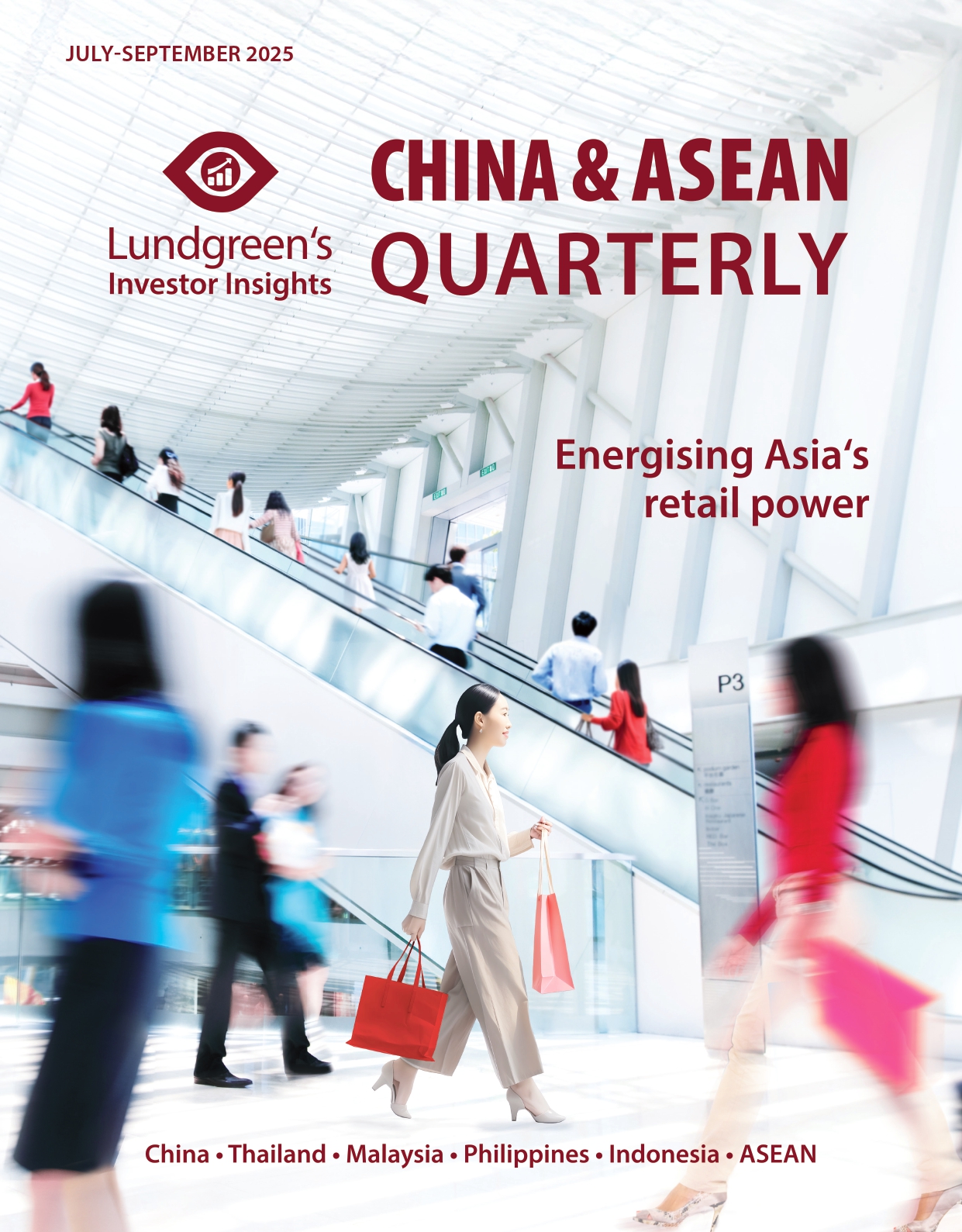ChatGPT leads to a regular AI boom in China
A lively discussion about artificial intelligence has flourished again, including the future of artificial intelligence (AI). The reason is, of course, the launch of ChatGPT in November last year, where the dream is that it can produce the text that you wish. It is only natural that such a revolution gives rise to discussions, and investors are wondering whether new investment opportunities arise, also in China.
In the middle of the new storm, I think it is important to remember how broad-based AI already is, but now, the very big factor is “generative AI”, with ChatGPT as the profound development.
ChatGPT is not directly available in China, but of course, there are Chinese competitors on the way. And when something booms in China, well, it goes fast. It is the movement from what is called AI 1.0 to AI 2.0, where the four “AI dragons” – SenseTime, Megvii, CloudWalk, and Yitu – so far have dominated AI 1.0 completely, but with independent platforms.
AI growth in China
AI 2.0 will be thought of as a common platform, and everyone wants to participate in the new trend. Wang Huiwen, one of the co-founders of Meituan has hastily founded a company to participate in the AI 2.0 battle, and he believes that his newly founded company is worth USD 200 million, even before the first team of employees is finally hired. But if one can attract investors at this valuation of the company, then this is the price.

The reason why AI 2.0 hypes differently than its predecessor is the vision that the open AI platform will become as dominant as, for example, Windows and Android operating systems. The development is interesting for several reasons, including that China was quite late in moving AI forward. The government-sponsored think-tank “China Academy of Information and Communications Technology” estimates that there are currently 4,227 companies in China that are developing AI software. Graph one is from another statistic, but it gives an impression of the geographical distribution of companies within the sector in China.
In absolute terms, this is a large number, but it amounts to 16 per cent of the global number of companies within this business segment, and thus, around the same as China’s share of global GDP. I see this as an indicator that there is still a lot of room for the sector to grow in China. And if one looks at the absolute size of the market, such as the number of smartphone users, China is the world’s largest (graph two). Right now, the challenge is of a more usual nature, such as the AI companies starting to feel a shortage of programmers and developers.

Directions within the AI space
As mentioned, AI is quite broad-based, so where do I see the opportunities for investors within the world of different AI directions? Good question. Some investors consistently choose to invest in business areas that have proven their worth and make money. Here, the return possibilities are smaller, but the investor can expect a positive return. This investor might choose to look in the direction of AI within industrial robots, linguistic AI, HR, and design.
An area that almost seems old is mobility with self-driving trucks, and later on, cars. But even here, one can feel how complex the real world is. Many expected it was just about developing a self-driving car that allows passengers to simply sit in the car and watch a streamed movie on the iPad. It turned out to be a more difficult process than thought. However, I still give mobility AI attention because, if it succeeds, it will be a positive quantum leap that can change the everyday lives of billions of people. This usually means that even a small investment can grow very large – that is if it succeeds.
The next step is what some collectively refer to as Web3, which is now booming in China. Under that hat, my main focus is on “generative AI” i.e. ChatGPT, and then metaverse, which is an independent AI direction. At the company Meta, probably still better known as Facebook, the belief in metaverse was so strong that it was one of several reasons behind its new name. If I were to point to the possibility of a new megatrend, I still see the biggest opportunities within the metaverse. The short popular explanation is that in a metaverse world, one can, for example, create an avatar of themselves and, in that way, socialise with others on social media. There is still a long way to go, but I think one can describe how to technically reach the goal. The last time I looked into it, there were approximately 30 listed software companies in China alone which are engaged in the development of metaverse software, so there is every opportunity to buy a lot.
Though the hype in China right now is, as described, in generative AI, where ChatGPT-like software is considered the new gold. My reservation is that the challenges are partly similar to AI for mobility where the software has to replicate some complex functions of the human brain. It is, for example, to anticipate previously unknown combinations and use intuition, abstract thinking, and common sense. It seems like a challenge, which might be very good to know as a human being, after all. My doubt lies there, which is why I do not share the current hype, but a gold-digging mood like China currently is experiencing is always fascinating because it leads to something – either the gold or the failure.







